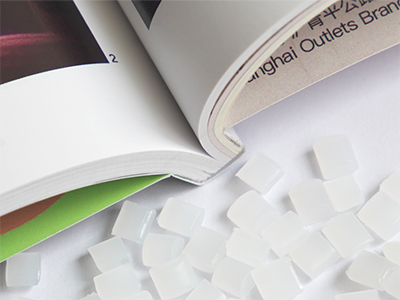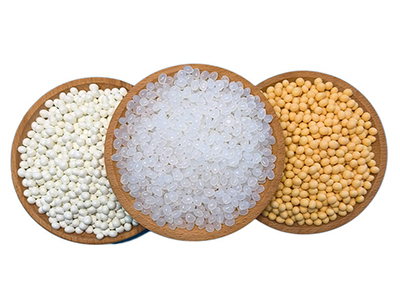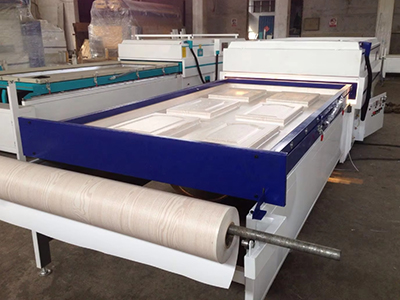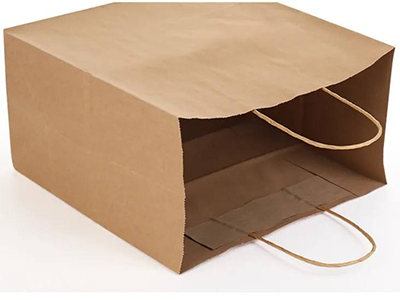For bookbinding, you’ll want to use an adhesive that provides a strong, flexible, and durable bond to hold the pages and cover of the book together. There are several types of adhesives commonly used for bookbinding, and the choice depends on your specific requirements and preferences. Here are some of the best options:
- PVA (Polyvinyl Acetate) Glue:
- PVA glue is one of the most widely used adhesives for bookbinding. It is known for its flexibility and ease of use. PVA dries clear, remains flexible, and provides a strong bond that can withstand the rigors of opening and closing a book.
- Acid-Free PVA Glue:
- For archival or conservation purposes, it’s essential to use acid-free PVA glue. This type of adhesive ensures that the glue won’t damage the paper or deteriorate over time, making it ideal for preserving valuable or antique books.
- Methyl Cellulose Glue:
- Methyl cellulose is a non-acidic, water-soluble adhesive often used in book conservation and restoration. It provides a reversible bond, meaning it can be softened with water if necessary, making it a good choice for repairing or restoring old books.
- EVA (Ethylene-Vinyl Acetate) Glue:
- EVA glue is known for its flexibility and strong adhesion. It is commonly used in both perfect binding (paperback) and hardcover bookbinding. EVA glue creates a durable bond that allows the spine of a book to flex without cracking.
- PUR (Polyurethane Reactive) Glue:
- PUR glue is known for its exceptional strength and durability. It is often used for high-end and long-lasting bookbinding projects. PUR glue forms a strong bond, is highly resistant to temperature and humidity changes, and can withstand significant stress.
When choosing a glue for bookbinding, consider the following factors:
- Book Type: Different bookbinding methods may require different adhesives. For example, perfect binding (commonly used for paperbacks) may use a different adhesive than case binding (used for hardcover books).
- Paper Type: Consider the type and weight of paper you are using. Some adhesives work better with certain paper stocks.
- Archival Quality: If preserving the book is a concern, use acid-free or archival-quality adhesives.
- Application Method: Some glues are applied with brushes, while others may be dispensed from squeeze bottles or glue guns. Choose the one that suits your application method.
- Drying Time: Consider the drying time of the adhesive, as this may affect your workflow.
For most standard bookbinding projects, PVA glue (including acid-free PVA) is a reliable choice due to its flexibility, ease of use, and strength. However, the specific adhesive you choose should align with your project’s requirements and your preferences for durability, ease of use, and archival quality.






